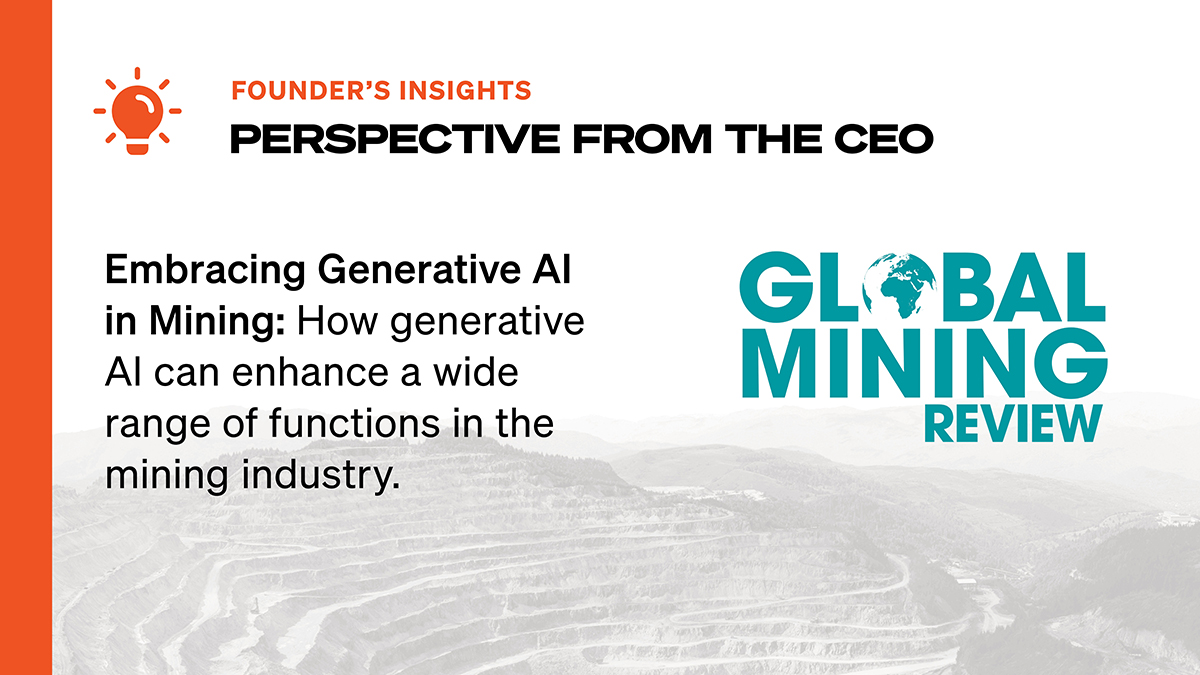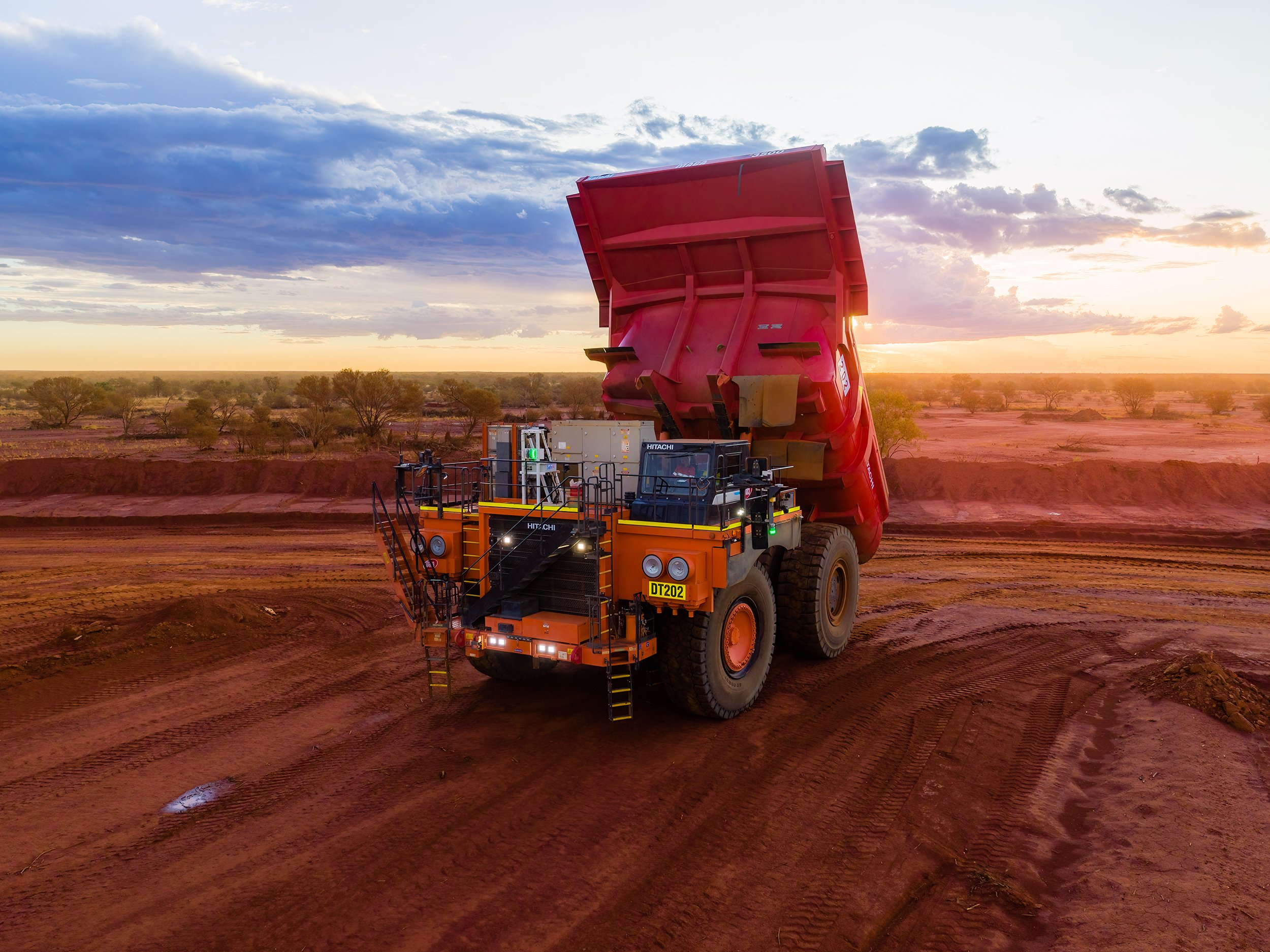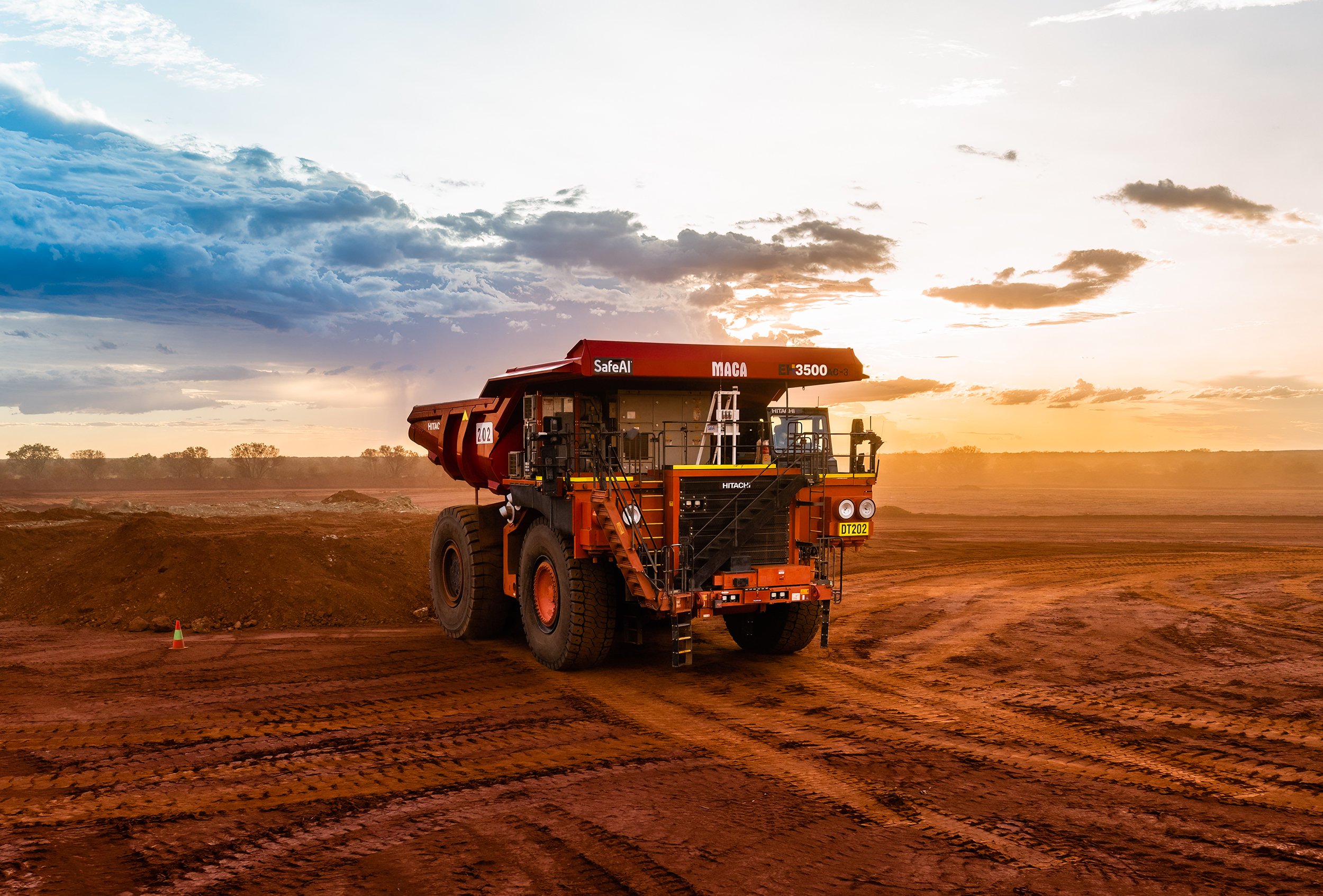
Embracing Generative AI in Mining

The mining industry is no stranger to artificial intelligence (AI) and automation.
It was one of the first industries to experiment with autonomous vehicles (AVs), dating back almost 30 years. Recently, this technology has gained serious traction; the mining AV market is projected to hit a staggering US$12.6 billion by 2031.1 At the same time, the number of new use cases for AI and automation has exploded, from leveraging AI-powered tools for resource estimation to testing autonomous drones designed to anticipate and prevent underground roof collapses.
Implementations have accelerated as AI and autonomy emerged as a business imperative. Then, about a year ago, generative AI entered the scene, promising a seismic shift in AI deployment and impact.
This technology has been brewing for some time, dating back to a 2017 paper called ‘Attention is All You Need’.2 However, in 2023, it hit the mainstream conversation, taking the business world by storm. A third of business leaders already say their companies are using generative AI.3 40% say they intend to increase their investment in AI because of advances in generative AI. Everywhere, people are discussing ChatGPT and its counterparts - how will it disrupt industries, from healthcare to transportation? How much more efficient can it make companies? How can they get started?
It is high time the mining industry enters the conversation. With various challenges that AI and automation are well-suited to address and troves of domain-specific data, mining companies are uniquely positioned to benefit from this technological revolution. Here is why and how the industry should embrace the opportunity.
Dig into the impact of AI and auTomation to date
Before digging into the revolutionary impact expected from generative AI, it is necessary to set the scene on where the industry stands today through an overview of the areas where AI and automation are already improving operations. Mining companies grapple with a range of challenges that these technologies are already tackling head-on, including:
- Safety: Mining is a hazardous industry. From incidents with machinery to cave-ins, it is considered one of the most dangerous jobs in the US.4 The industry employs approximately 1 % of global labour, but generates 8% of fatal accidents.5 Companies can use autonomous solutions to remove employees from harm’s way.
- Workforce support: There is a growing labour crunch in the industry. 71% of mining leaders say the talent shortage makes it difficult to hit production targets. 86% say it is harder to fill the roles they need today, compared to two years ago.6 This challenge is acute and expected to worsen as half of the workforce retires, interest from young talent declines, and the need for mined resources skyrockets.7 Technology can help augment the existing workforce and plug gaps where they exist.
- Productivity: The resource-intensive energy transition is driving rapidly increasing demand for mined minerals. The need for some mined materials, including graphite, cobalt, and lithium, could grow by as much as 500% by 2050.8 This offers an enormous opportunity for mining companies to grow, but also creates a lot of pressure to operate more efficiently. AV operators say this technology improves their productivity by 15 - 30%.9
- Emissions: Climate change is considered a top concern for mining companies today.10 Companies have a clear vision not only to provide more minerals for the energy transition through enhanced productivity, but also to curb their greenhouse gas emissions as they do. Fully addressing this challenge requires a comprehensive, multi-faceted strategy, and autonomy can play a role. From streamlining operations to reducing downtime and operating vehicles more efficiently, AVs can help mining companies curb emissions.
It is important to understand where companies already see substantial value from AI and automation. Generative AI can build on these successes by optimising these use cases and adding value in other ways.
 Figure 1. SafeAI worked with Australian mining company MACA to retrofit this 180 t Hitachi haul truck.
Figure 1. SafeAI worked with Australian mining company MACA to retrofit this 180 t Hitachi haul truck.
 Figure 2. The autonomous vehicle is pictured here at a gold mine in Karlawinda, Australia.
Figure 2. The autonomous vehicle is pictured here at a gold mine in Karlawinda, Australia.
Accelerate transformation with generative AI
The mining industry has incredible data from geological surveys, drilling reports, equipment telemetry, environmental impact assessments, and more. This data is invaluable, but also complex and difficult to analyse. As a result, it has historically been severely underutilised because companies did not have the capabilities or resources to make sense of it. Generative Al models are poised to change that.
These models can analyse vast amounts of data, understand complex patterns, create actionable insights, and make intelligent decisions. This will enable the mining industry to take decades of industry data and put it to use for smarter, safer, and more productive operations.
For one, it can create significant additional value in the areas where AI and automation are already being leveraged, including:
- Safety: Generative AI can analyse real-time sensor and video feeds to identify safety hazards before they happen, alert workers, and prevent incidents.
- Productivity: Generative AI optimises resource allocation, such as fine-tuning energy consumption patterns of autonomous machinery or distributing materials across a worksite. These models can predict and adjust for operational variables to help minimise waste and maximise efficiency, improving environmental and economic performance. These models can also analyse operational data to identify inefficiencies and propose alternate workflows to boost productivity.
- Workforce support: Generative AI can be used to improve autonomous equipment operation, making these vehicles more independent and precise.
However, there is also a variety of additional use cases where generative AI holds immense potential, including:
- Material discovery and predicting metal deposits in mining: The mining industry is experiencing a massive spike in demand for many resources. Copper is a great example of this. An exceptional conductor of electricity and heat, it sits at the heart of the renewable energy revolution. While green applications consumed 4% of copper in 2020, forecasts suggest this demand will surge to 17% by 2030. This steep rise underscores the need for efficient copper mining practices.
- The story is the same for other metals and minerals: Pinpointing where valuable metals and minerals are located is a complex challenge critical to planning and development for mining operations. Generative AI can process the abundance of geological data available - from satellite imagery to seismic surveys - and extract actionable insights. It can transform the data into a precise map, leading to rich, undiscovered deposits. These insights can make mining operations more efficient and environmentally friendly by reducing unnecessary exploratory drilling.
- Predictive maintenance: Generative AI can analyse sensor data and historical maintenance records to predict equipment failures, enabling proactive maintenance and minimising downtime. This is critical to keep projects on time and within budget - it is estimated that an hour of equipment downtime costs companies an average of US$260,000.11
- Quality control: Generative AI models can analyse data from sensors and image recognition systems to detect defects in real-time, ensuring a high-quality output.
- Project management: Generative AI can assist in project planning, scheduling, and risk analysis, enabling better decision-making and resource management.
Create a roadmap before beginning the journey
Generative AI is still in its infancy in mining. However, companies that want to take a proactive stance and get ahead of the curve can and should begin laying the groundwork for these applications. The most important step at this juncture is to plan how to move forward:
- Take stock of your company’s AI readiness. With this technology, it is impossible to go from zero to sixty; the right data and infrastructure is needed. Evaluate what data you already capture and what data you can access to train a model. Understand how and where it is being stored, and assess what technology infrastructure is in place to support AI deployments. If there are gaps, now is the time to address them.
- Then, determine where AI can have the greatest impact. What pain points are most pressing for your company? Where can it augment existing workstreams? Focus your initial strategy there, instead of trying to boil the ocean.
- Set specific, measurable goals to evaluate success. For example, your goal may be to improve mineral estimates by 20%. This will ensure your strategy delivers tangible improvements to your overall operations.
Read the full article in Global Mining Review
